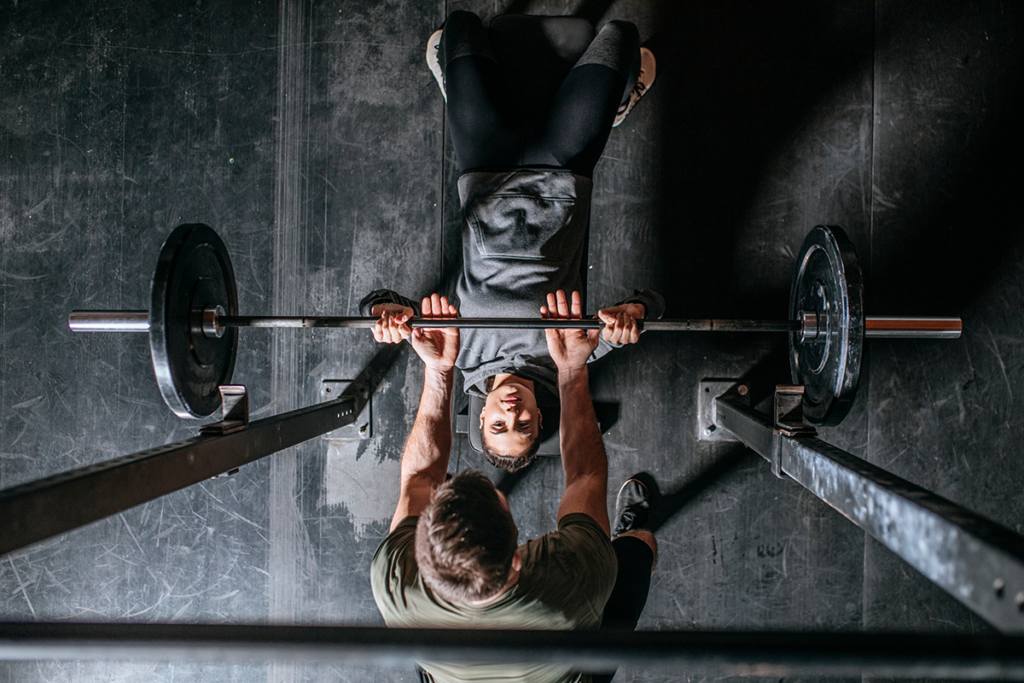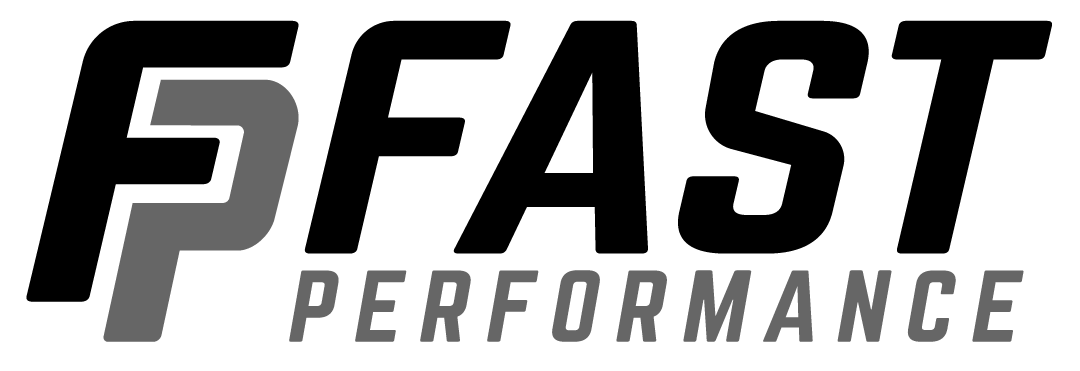
Strength and Conditioning Training (sometimes simply referred to as S&C) is a type of training that is designed to improve an athlete’s overall physical performance.
Somewhat counterintuitively, strength and conditioning training is not focused primarily on developing “raw strength.” Instead, it seeks to improve an athlete’s overall physical performance and fitness by developing their strength, power, speed, agility, focus, coordination, and stamina.
To do this, strength and conditioning training typically employs a variety of different exercises and training modalities such as weightlifting, plyometrics, and interval training.
While the primary goal of strength and conditioning is to improve an athlete’s physical performance, it can also have a number of other benefits such as reducing the risk of injury and helping athletes to better recover from training sessions and competition.
For instance:
- In hockey training, strength and conditioning can reduce the risk of injuries such as concussions and shoulder dislocation.
- For MMA training, strength and conditioning can help to improve an athlete’s ability to recover from the rigors of training and competition, as well as reducing the risk/severity of injury (important for a sport where “getting hurt” is a part of the game).
- When it comes to baseball training, pitchers can use strength and conditioning to improve their velocity, while also building up the muscles around the shoulder and elbow to better withstand the high-force, high-velocity throwing motions—thus reducing their risk of developing arm injuries.
It’s important to take a “high-altitude view” of strength and conditioning training (no pun intended for those in the Denver metro area). Rather than looking at it as a way to simply increase your strength or improve your endurance, think of it as a means to making you a better all-around athlete.

Common Principles of Strength & Conditioning Training
While the specific exercises and drills used in S&C Training can vary depending on the sport or activity that the athlete is participating in, there are some general principles that apply to all forms of S&C training. Some of these are:
Sport-Specificity
The first principle is that the exercises and drills used in S&C training should be specific to the athlete’s sport or activity. In other words, the exercises and drills should mimic the movements that the athlete will be required to perform in their sport.
By doing this, the athlete will be better able to transfer the gains in strength and power that they make in the gym to the playing field.
Progressive Overload of the Body
Strength and conditioning training should follow a principle of “progressive overload.” This simply means that the athlete should gradually increase the intensity and volume of their training as their body adapts and becomes more resistant to the stresses being placed on it. If an athlete tries to do too much too soon, they will likely end up overtraining and getting injured.

“De-Training”: The Athlete’s Worst Enemy
Gains made from strength and conditioning training are reversible. This means that if an athlete stops training for an extended period of time, their body will begin to lose the strength and power that it gained through training.
This is why it’s so important for athletes to consistently maintain their S&C throughout their career, even during periods of reduced activity or competition.
Diminishing Returns
While ceasing to train will cause an athlete to lose the gains that they’ve made, continuing to train beyond a certain point will also lead to diminishing returns. In other words, at a certain point, the athlete will no longer see the same gains in strength and power from their training. However, they will continue to increase their risk of overtraining—and injury.
This is why it’s important for athletes to focus on quality over quantity when it comes to S&C training. Focusing on doing the exercises and drills that are most effective for their specific sport or activity, and gradually increasing the intensity and volume of their training will lead to better results than just trying to spend as much time training as possible.

Individuality
Each athlete is different and will respond to strength and conditioning training differently. There is no “one size fits all” approach to S&C training; what works for one athlete might not work for another.
This is why it’s important for athletes to work with a qualified, certified strength and conditioning specialist or registered strength and conditioning coach who can design a training program that is tailored to their individual needs.
Strength & Conditioning Trainers in Denver
The above are just some of the general principles that apply to strength and conditioning training. Athletes who begin their training programs with these basic principles in mind will be well on their way to developing the strength and power they need to perform at their best.
The Certified Strength and Conditioning Specialists (CSCS) and Registered Strength and Conditioning Coaches (RSCC) at FAST Performance in Denver, Colorado are experts in developing individualized, sport-specific training programs to help athletes reach peak performance.
Our clients are athletes at the HS/CHSSA, collegiate, professional, and Olympic levels—as well as those who are just looking to perform at their maximum potential. No matter what goals you have, or what level you’re competing at, our experienced coaches and trainers can help you achieve success.
Our individualized approach to performance training encompasses optimum wellness and nutritional strategies, recovery and regeneration considerations, metabolically-specific conditioning, and functionally-focused resistance training programs to help our clients excel in their sport and in their lives.
If you’re in need of a strength and conditioning trainer in Denver, or if you have any questions about our programs, please don’t hesitate to contact us.


